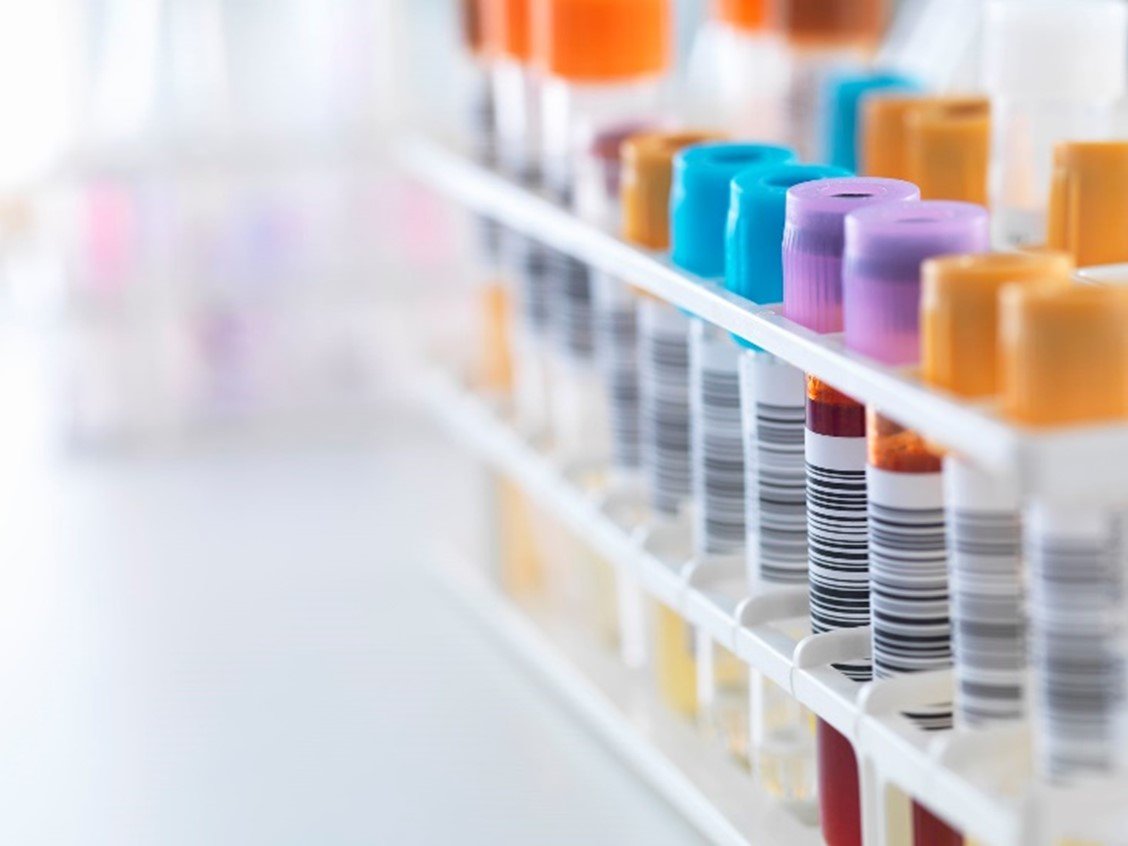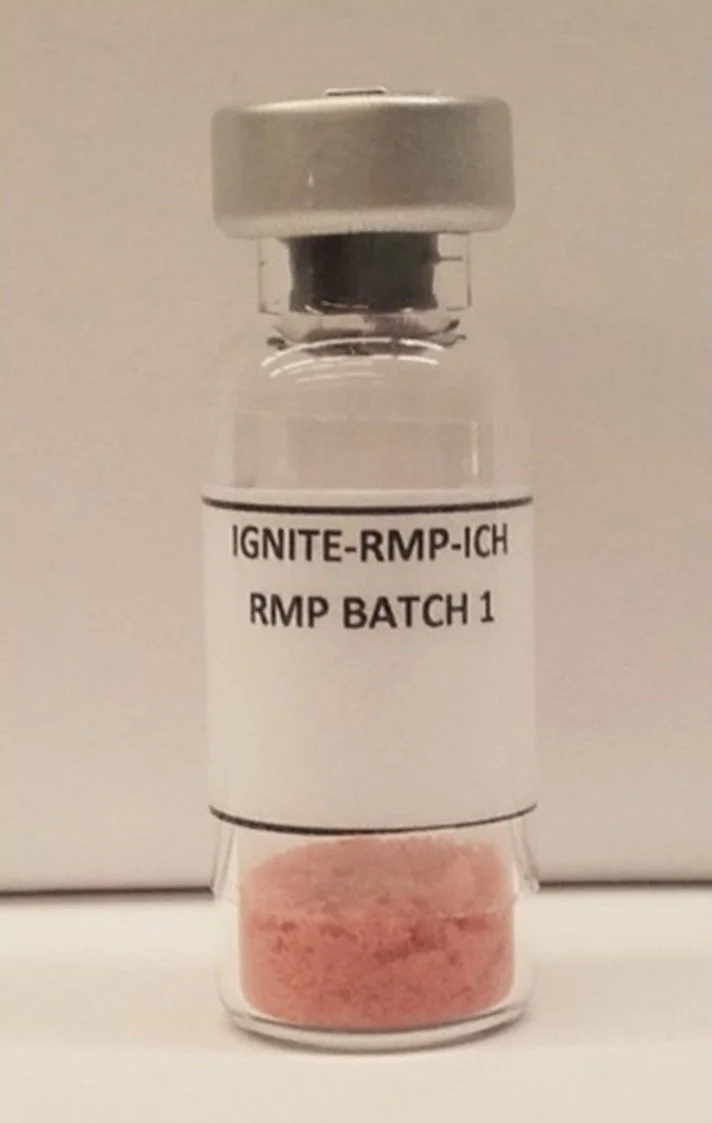Cell-derived Microparticles and RMP as an Infusible Hemostatic Agents
Cell-derived microparticles (“C-MP”) are small membrane microvesicles (size <1.5µm) that cells shed (release) upon activation or apoptosis (i.e. programmed cell death). C-MP in blood are comprised of four main lineages: from platelets (“PMP”), leukocytes (“LMP”), endothelial cells (“EMP”) and red blood cells (“RMP”). Among the C-MPs, RMPs have been most promising as therapeutic agents. RMPs provide complex negatively-charged membranes that support coagulation by serving as sites for the assembly of clotting factors to generate thrombin as well as enhancing platelet function.
Normal hemostasis consists of two phases: primary, in which platelets adhere and aggregate at the site of vessel injury; and secondary, in which coagulation begins along negatively charged platelet membranes to deposit fibrin and thus consolidate the clot. We characterized the hemostatic properties of RMPs and observed that RMPs enhance both primary and secondary phases of hemostasis; i.e., these act as a universal hemostatic agent.
Naturally Occurring RMPs – The Impetus to Developing RXMP’s Technology
RxMP scientific Founders, Drs. Ahn and Jy investigated RMP levels in patients with chronic severe Idiopathic Thrombocytopenic Purpura (“ITP”), an autoimmune condition having very low blood platelets counts, grouped by presence versus absence of bleeding propensity, and found that RMP levels were significantly higher in non-bleeders compared to bleeders. This suggests that RMP are natural participants in hemostasis, similar to the earlier findings on PMP.
Additionally, an NIH-sponsored study on the effects C-MPs in patients undergoing coronary artery bypass graft (“CABG”) surgery. Of 122 enrolled patients, 81 required blood transfusions while the remaining 41 did not. The study revealed that those who required transfusion had higher rates of mortality and of serious adverse events compared to those without transfusion. Further analysis of variables revealed that the non-transfused group had higher pre-surgical levels of circulating RMPs, compared to those needing transfusion. This suggested that high pre-surgical RMP levels may limit bleeding and avoid the need for transfusion.
RMP-402 – Our Lead Product
RMP-402 is produced via the high-pressure extrusion of multiple units of human packed red blood cells. RMP-402 has demonstrated efficacy in multiple animal models of bleeding and hemorrhage across species with a high level of safety, including NIH-funded studies of brain hemorrhage. Furthermore, in vitro and animal studies demonstrate that RMP-402 enhances both platelet function (primary hemostasis) and coagulation (secondary hemostasis) without causing off-target clotting. Similar to naturally-occuring RMPs, RMP-402 also meets the criteria of a universal hemostatic agent






